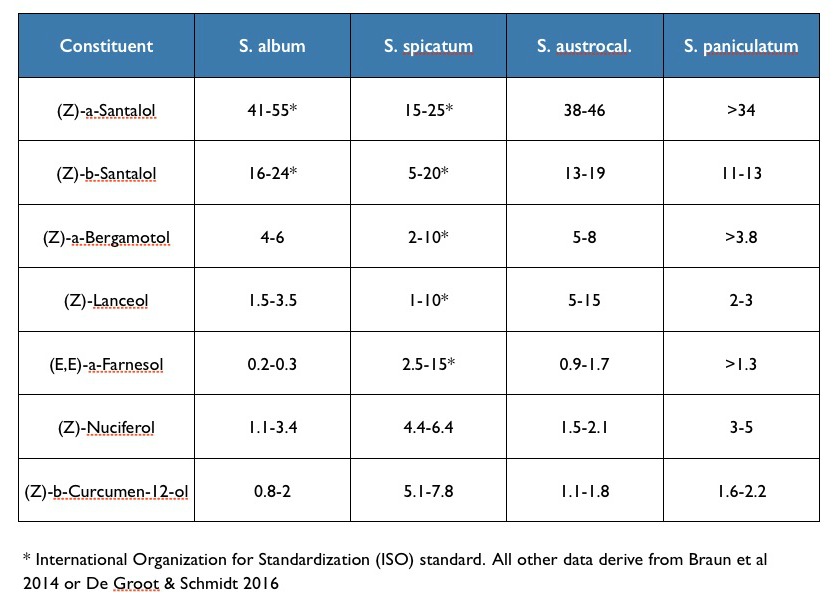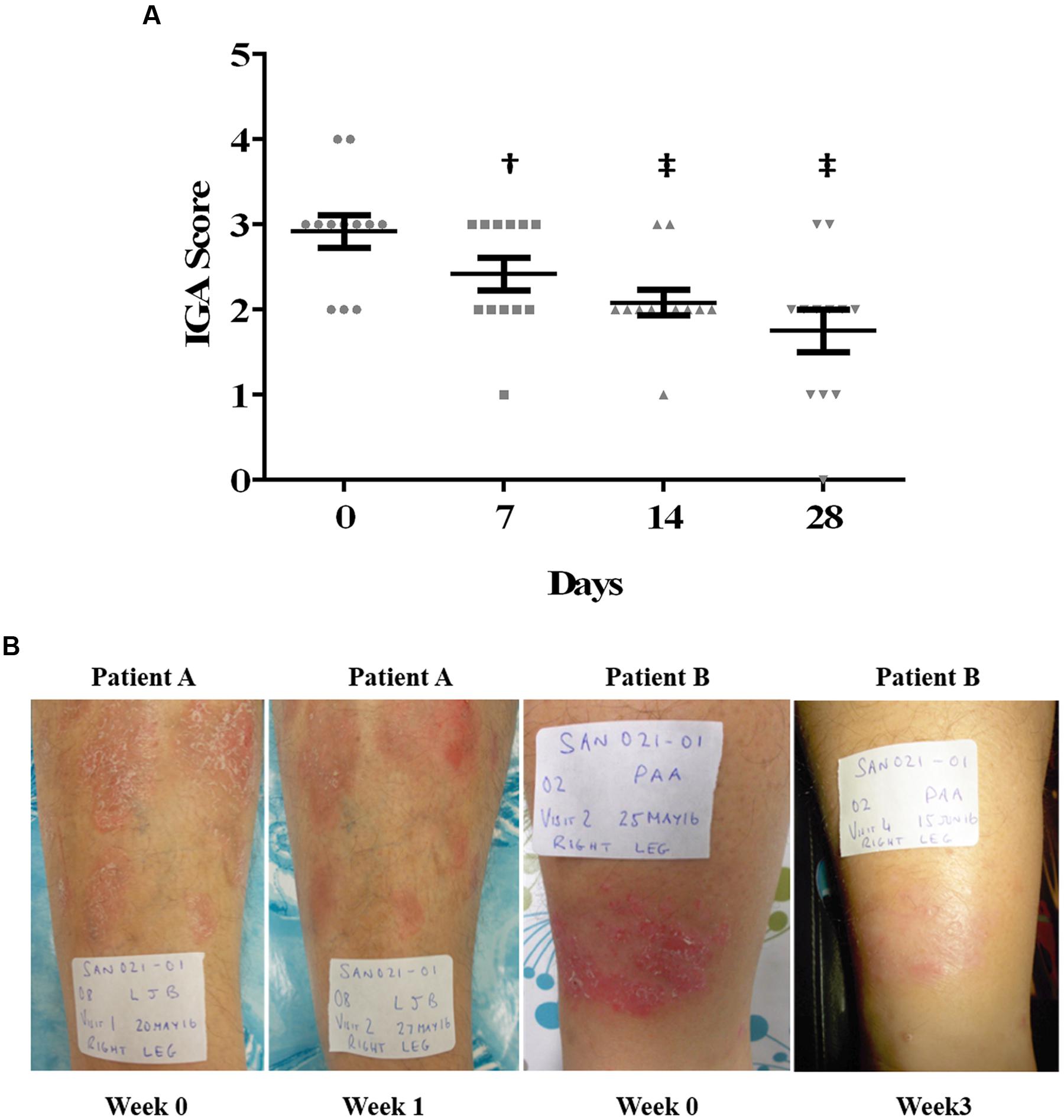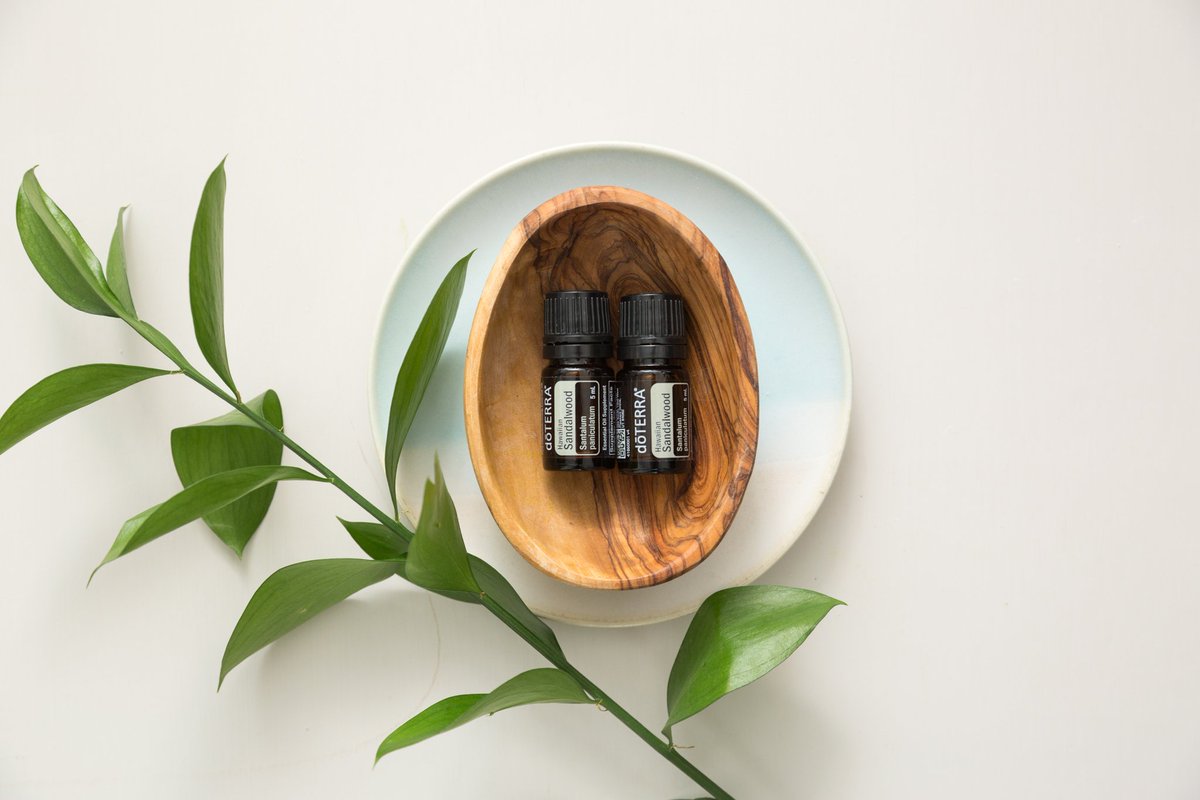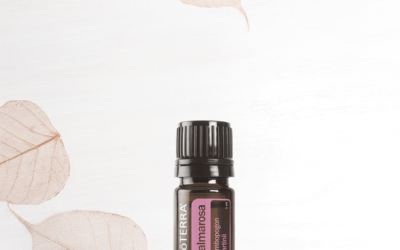Sandalwood. An essential oil that takes 30-80 years to produce to produce just one litre.If you have ever wondered why Sandalwood requires such a significant financial investment from you, this is one of the very good reasons why.If you see an essential oil company retailing ‘pure’ Sandalwood for under $50, it ain’t pure Sandalwood plain and simple.
Sandalwood lookalikes are most commonly derived from campholenic aldehydes such as alpha pinene found in coniferous trees, eucalyptus and rosemary for much MUCH cheaper. Substitution from non-sandalwood timbers is also a common occurrence on the Asian market.

Most frighteningly though, Diethyl phthalate (DEP) which is a liquid plasticizer has been found in many cheaply offered Sandalwoods. Ahhhh yep I’ll pass on the KMart essential oil thanks.
To give you a little more context around the high value factor of Sandalwood –
It’s a very slow growing tree and when people chop down the trees without replanting them there are devastating effects on the natural ecology such as what has been witnessed in India.
There is a huge black market for Indian Sandalwood (Santalum Album), the most highly prized and sought species. Given that Indian Sandalwood fetches US$3,000 per kg, is it any surprise this tree is so lusted after by poachers?
The Australian species of Sandalwood on the other hand fetches half that price per kg.
The Indian government has attempted to regulate and avoid the deforestation of Sandalwood, but unfortunately over harvesting because of poachers is a real problem. No new trees are being planted when a tree is cut down and this leads to complete deforestation.
In 2012 the Indian Sandalwood tree was added to the Red List of Threatened Species by the International Union for Conservation of Nature and Natural Resources.
In July 2016, Indian police seized a cache of sandalwood valued at $15 million. Authorities charged with overseeing trade practices were found to have their hands dirty by forging certificates for sandalwood export. It just goes to show the lengths some people will go to.
Harvesting a tree before it has reached maturity yields and oil that has very poor quality and that is due to the amount of essential oil increasing at least four-fold beyond it’s juvenile years. Those key chemical constituents which are the Santalol’s don’t really show their presence till maturity where they rise to make up over 80-90% of it’s profile.
Here’s the thing though, the best sandalwood actually comes from the dead tree and that’s how doTerra produce their oil.
The essential oil is distilled from the core of the heartwood, or the oldest, most central wood of the tree. The heartwood of the tree is typically a darker and harder wood that produces an essential oil with a sweet, woody aroma. This means that the sapwood surrounding the heartwood needs to be stripped away to access that heartwood.
The Australian Sandalwood species don’t require the sapwood to be cut away, the oil is distilled from the whole tree making it far less labour intensive to produce and therefore has a more attractive price point.
Whilst we’re on the topic of Aussie Sandalwood, there is a gold rush happening here at the moment that is raking in the money for huge subsidiaries.
Quintis is one of those huge companies and now has 5.4 million Indian Sandalwood trees covering 12,000 hectares here in Western Australia. In 2016 the company harvested 32,000 trees yielding 300 metric tonnes of heartwood. It turns out that cultivated Indian Sandalwood trees only need 15-20 years to mature, compared to 30-50 years in the wild.
There are some concerns about the impact on the ecology with farming on this scale purely because the host plants which are required (more on this below) are being used as cash crops in their own right instead of being left for reforestation.
The Aussie native species of Sandalwood (Santalum spicatum) is not very highly regarded and does not produce that unique high concentration of Santalol’s so sought after. Hence why Quintis are cultivating the Indian species.

Let’s talk a little more about the Hawaiian variety which has a slightly faster growth rate of that of the Indian.
Hawaiian Sandalwood (Santalum paniculatum) shares a pretty similar chemical makeup to Indian with high levels of a-Santalol and b-Santalol’s, making up to 80% of it’s total concentration.
When it comes to distillation, we are talking days involved to properly distill the essential oil from both Indian and Hawaiian and do it the justice it deserves. 36 hours is the usual distillation time frame.
It involves long, slow and low heat distillation to preserve it’s chemical profile and you can imagine that requires a whole lot of energy input which again speaks to it’s price point.
doTERRA recently purchased 10,000 acres of mistreated land on the island of Kona Hawaii, not only to facilitate the long-term benefits of Hawaiian Sandalwood for many decades to come, but to commit to the biggest reforestation efforts in the state of Hawaii. Ever.
Sandalwood requires host trees to survive and thrive.What this means is that not only do we have the opportunity to regenerate native Sandalwood in this area, but also many other native Hawaiian trees. When we pull out one sandalwood tree, 25 new trees will grow which is such a beautiful thing!
Sandalwood trees are root hemi-parasites and require host trees for healthy growth. The host trees provide extra water and nutrients to the sandalwood delivered by a unique root connection called haustoria. The two trees form a symbiotic relationship throughout the life of the sandalwood tree and without this relationship, a Sandalwood tree will never reach it’s full potential.
The long term intention (we’re talking a 40 year plan here) for doTerra is to not only safeguard supply but also bring life back to areas that have been deforested and increase the ecological diversity through the planting of native host plants.
doTerra have a big job ahead of them to properly manage this beautiful part of the world and they are working closely with local ecological and reforestation experts to make sure the land and it’s trees are managed sustainably.
Ok, now let’s talk briefly about those beautiful Santalol compounds –
Sandalwood oil contains two primary active components, alpha- and beta-santalol which are part of the sesquiterpene family. These molecules produce the strong fragrance associated with sandalwood and are very slow metabolising compounds which means they linger in our system for longer.
These compounds have been show to benefit almost every system in the body as well as supporting healthy bone marrow and blood plasma.
When applied on the skin it aids in healing wounds, cuts, sores, scars, inflamed skin, pimples and burns very quickly. Santalol is highly regarded for healthy skin.

It’s also considered to be an aphrodisiac, supports a healthy libido in both men and women and may help men with impotence.
Sandalwood is recognised by the German Commission E for supporting lower urinary tract infections thanks to it’s ability to cleanse the urinary system and help discharge toxins in the body through urine. Respiratory complaints are also well supported thanks to it’s expectorant and cleansing properties.
Sandalwood has a cooling effect on the brain and a calming effect on the mind. The sedative properties of this oil safeguard the nervous system and alleviate the off-putting effects of stress and other negative feelings. It brings quick relief to nervous tension and panic attacks and brings absolute harmony to mind and body. Sandalwood has strong neuroprotective properties.
Inhaling the aroma of Sandalwood enhances memory power, unlocks the cellular memory of past experiences, clears confusions in the brain, augments spiritual bond and supports trouble-free concentration and mental clarity.
We can use sandalwood in our diffuser, skin care products, deodorants, hair care, in pure-fumes and so much more to support whole body wellness however we must treat it’s use with respect and honour the species in the way it deserves.
I use both species sparingly and with reverence. I encourage everyone to do the same. When it comes to aroma, I actually prefer that of the Hawaiian. It has this beautiful honey like warmth to it that I thoroughly adore.
I could go on with it’s uses but I really wanted to focus on the differences between the species for this post as it is a question that seems to come up ten times a day.
Have a great night everyone 😁





0 Comments